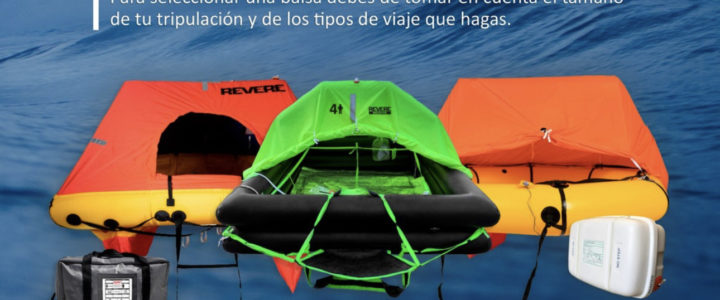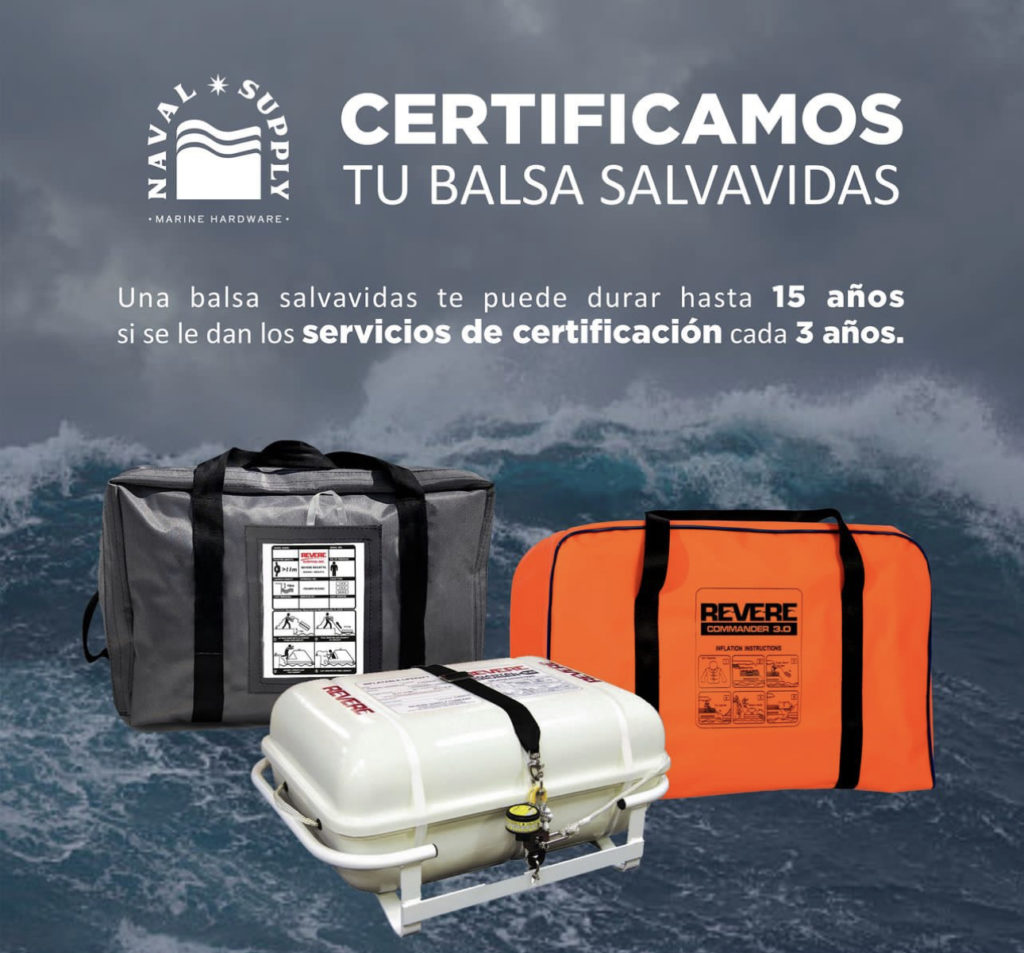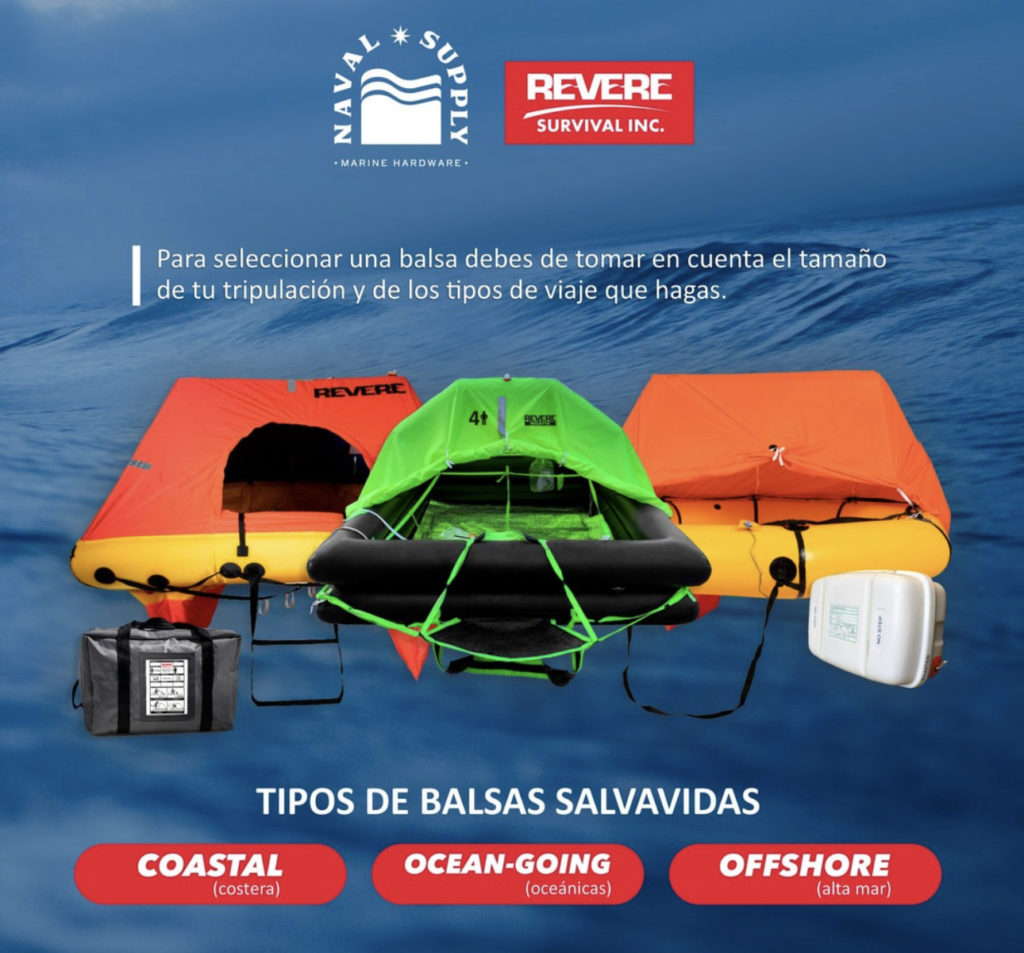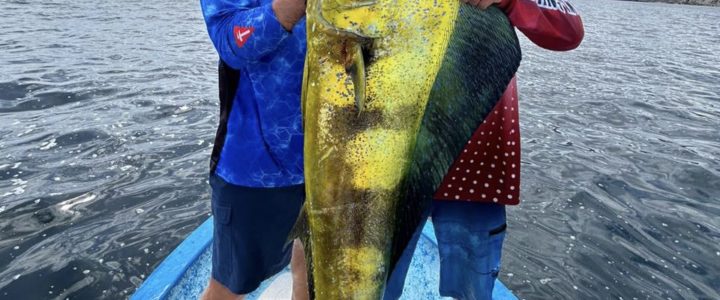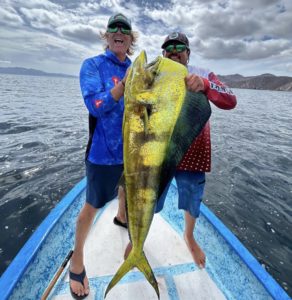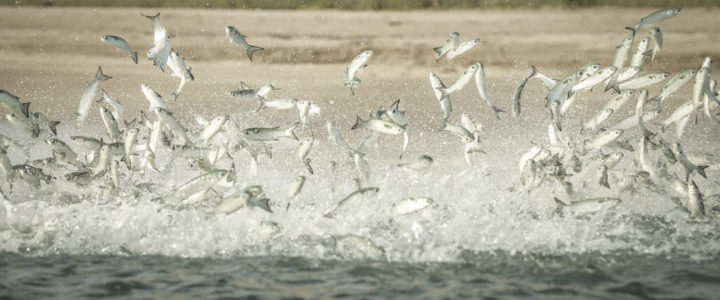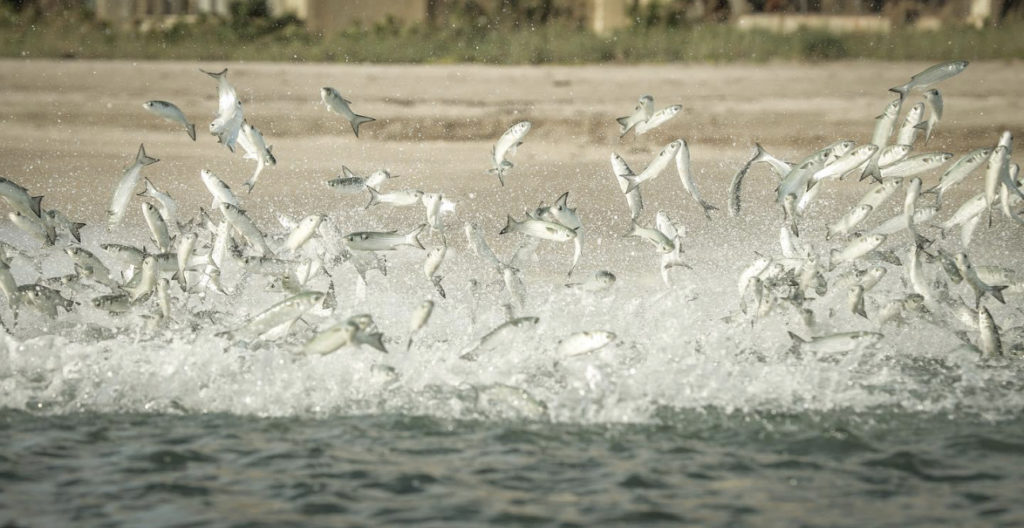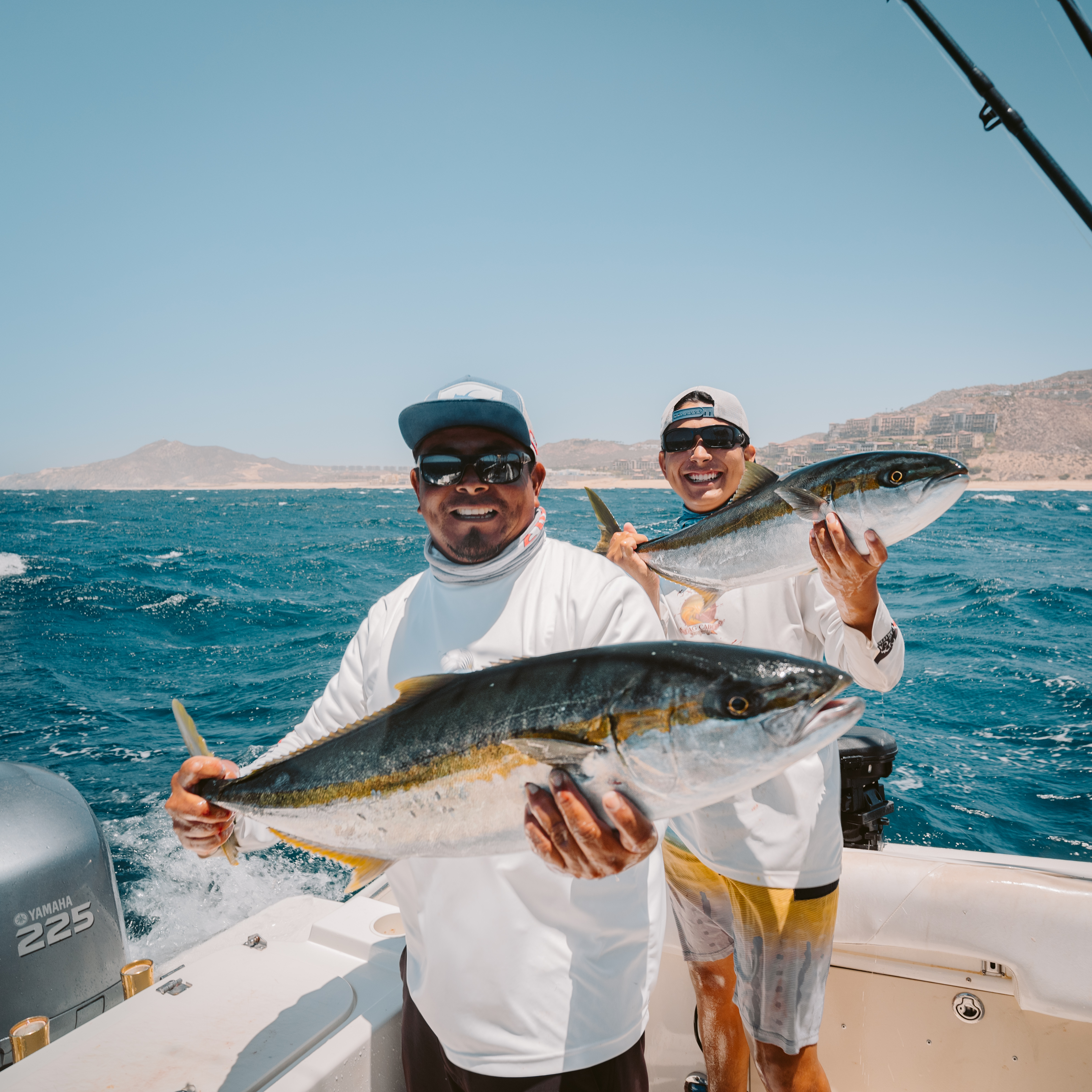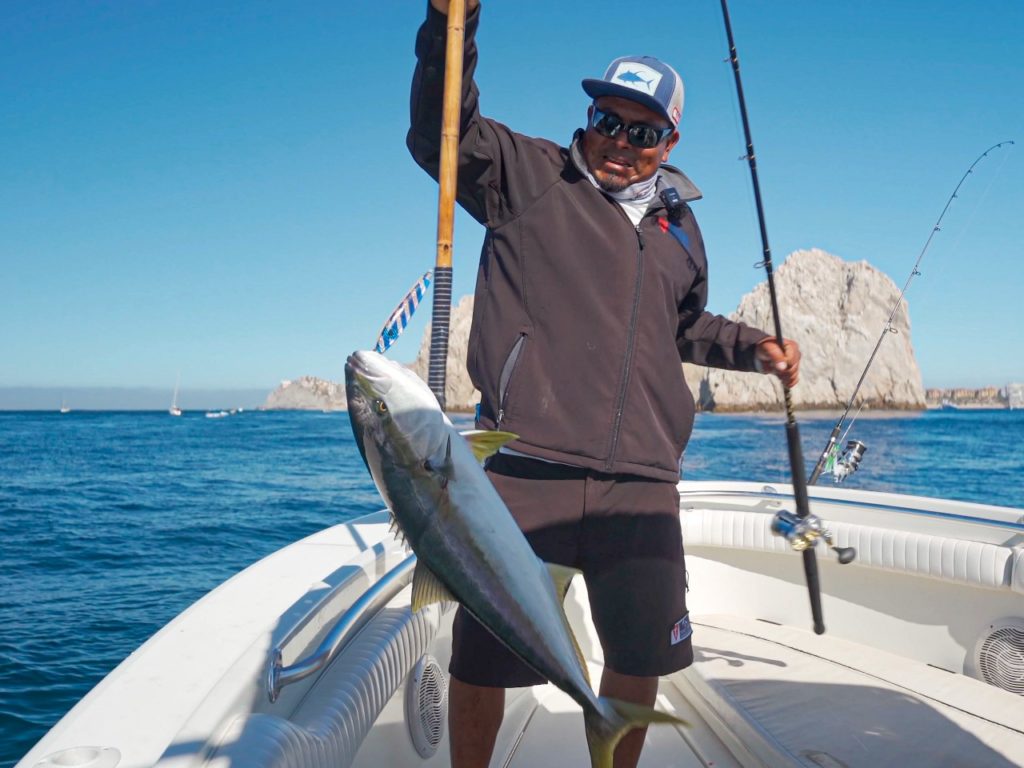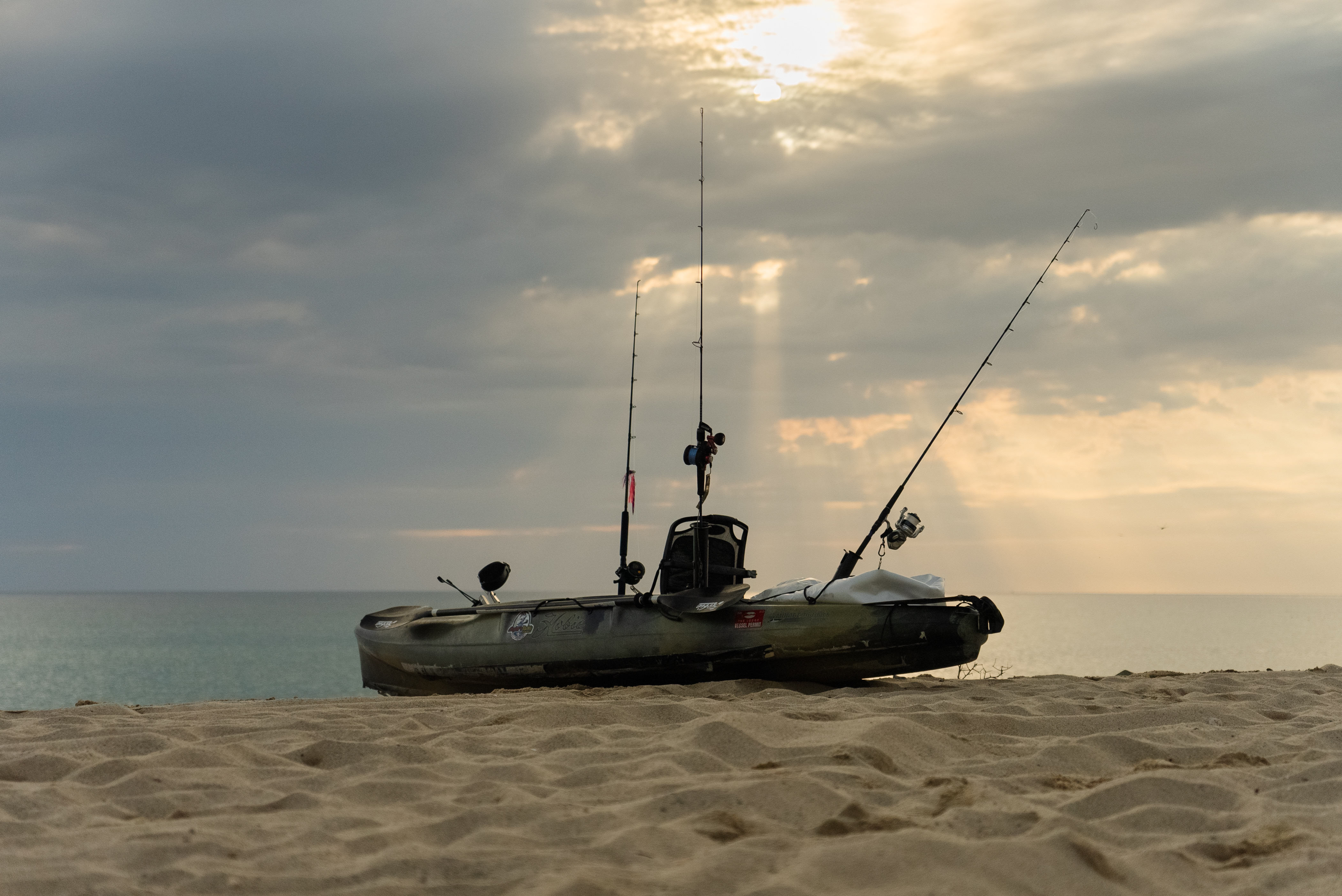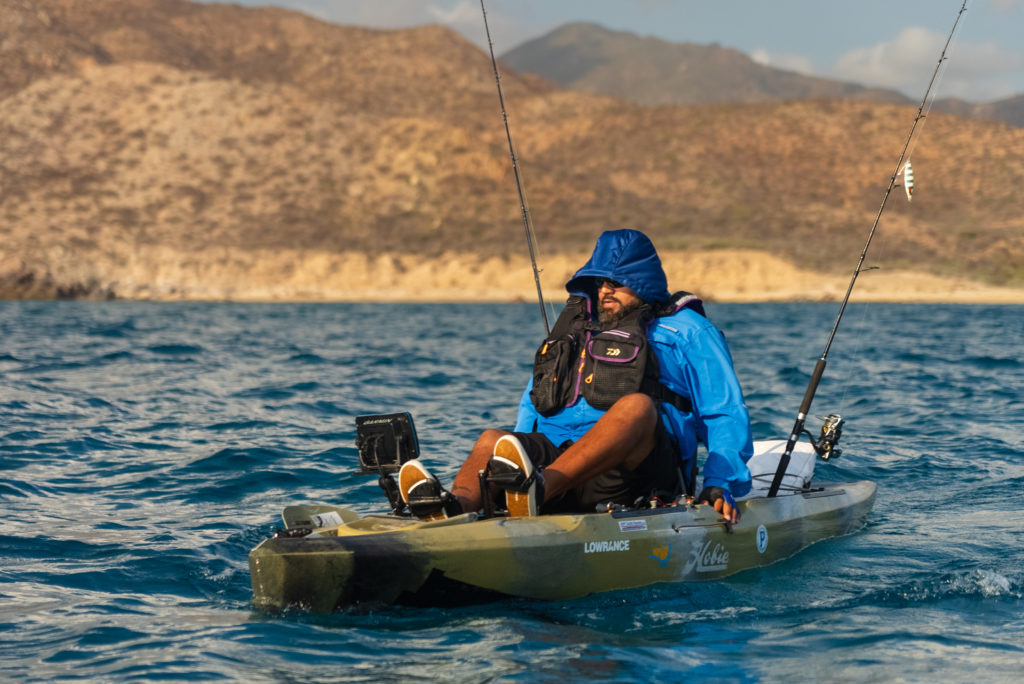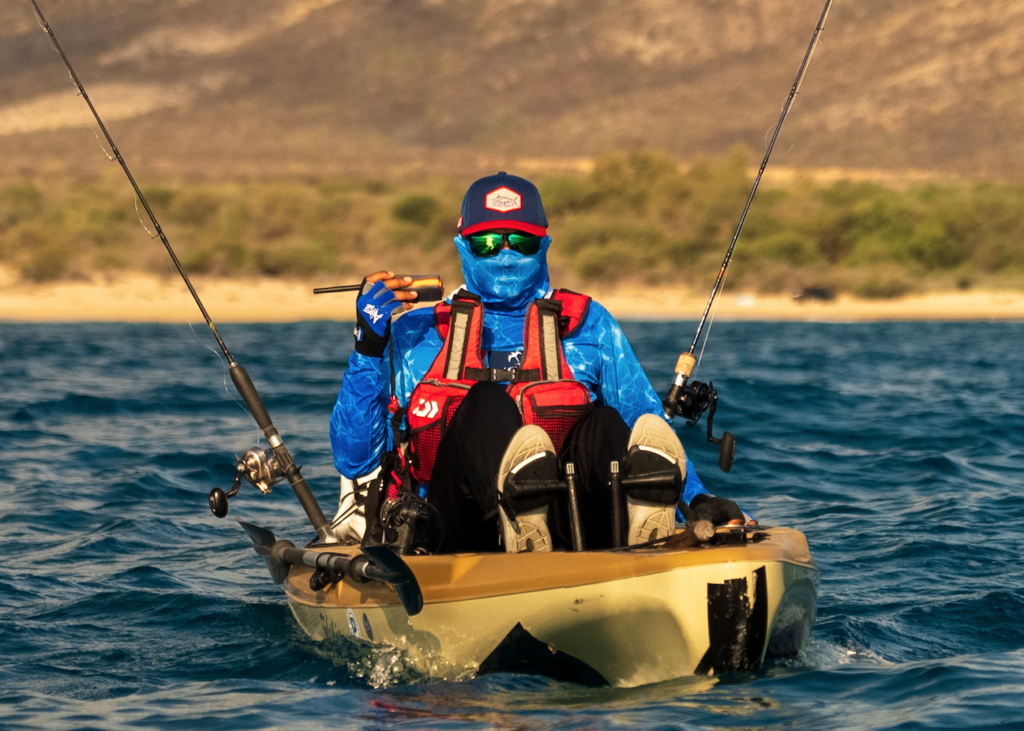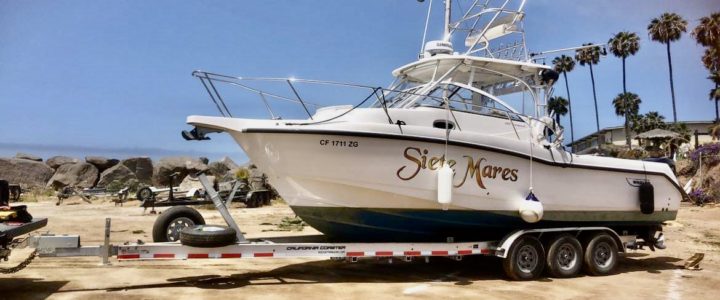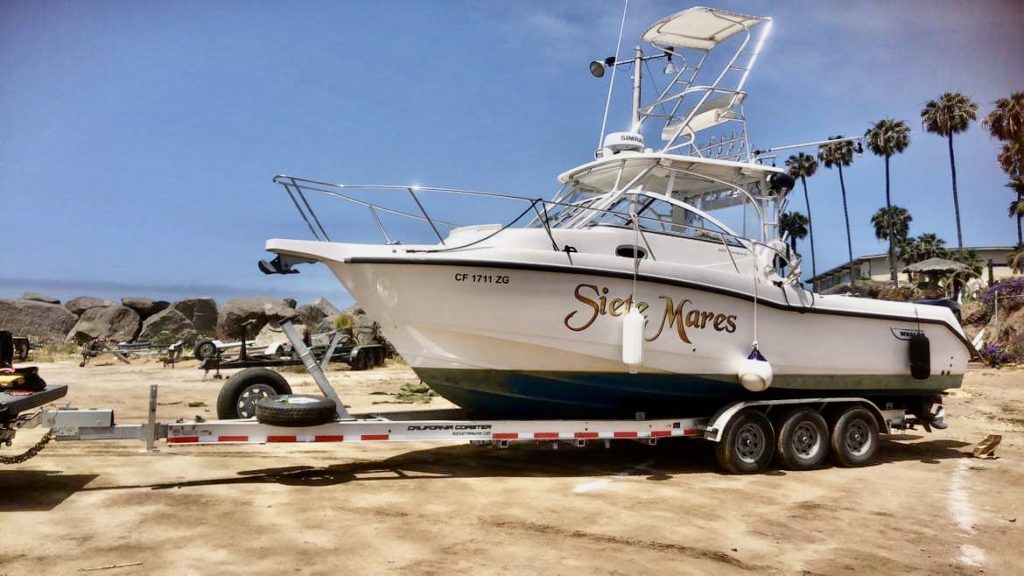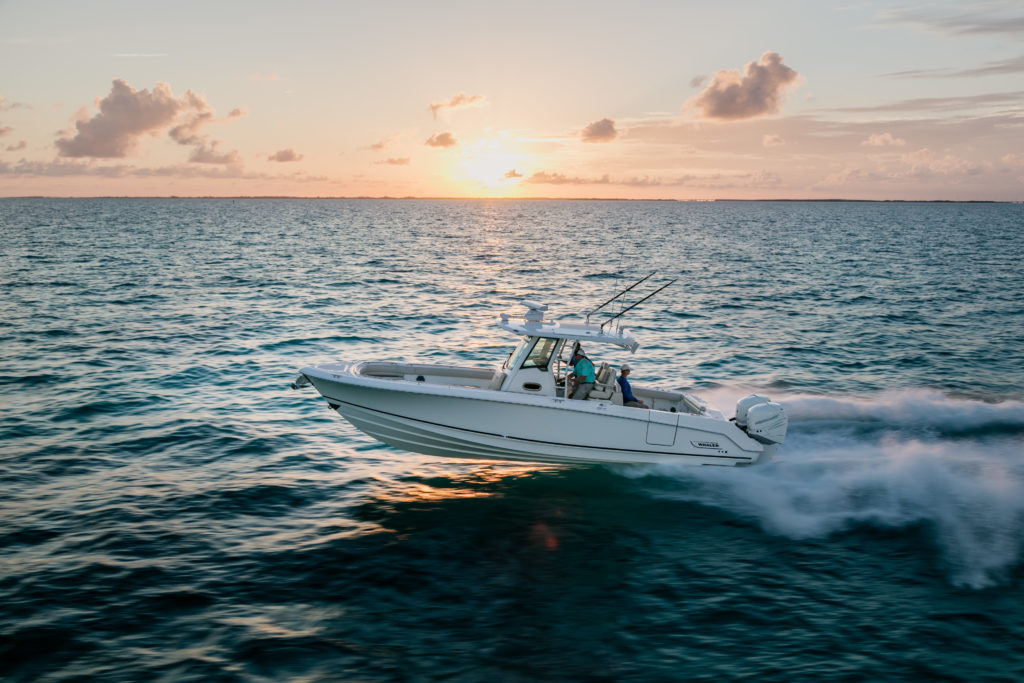Emergency Onboard: How to Be Prepared and How Tag Cabo Sportfishing Ensures Your Safety
Boating is a wonderful way to relax and enjoy nature, but the unpredictability of the ocean necessitates a strong emphasis on safety. Being prepared for emergencies is crucial, whether you’re a weekend angler or an experienced sea-goer. This blog will discuss some key safety tips and how Tag Cabo Sportfishing prioritizes your safety with the best gear, sourced from Naval Supply, to ensure a safe and enjoyable experience.
Basic Emergency Preparedness
Always Have a Float Plan
Before you embark on any maritime adventure, it’s essential to have a float plan. Inform a trusted person ashore about your trip itinerary and ensure you stick to it as closely as possible.
Communication is Key
A functional VHF radio is a necessity, not a luxury. Before leaving the dock, make sure it’s in working order and familiarize yourself with emergency channels.
First Aid and Safety Gear
A fully stocked first-aid kit should always be within easy reach. Make sure you also have life jackets for everyone on board, fire extinguishers, and signaling devices like flares.
How Tag Cabo Sportfishing Prioritizes Your Safety
While we specialize in providing an unparalleled fishing charter experience, safety is our utmost concern. Here’s how we ensure it:
Expertly Trained Captains and Crew
Our crew and captains undergo rigorous training in safety procedures and emergency response to ensure your well-being at all times.
Top-of-the-Line Safety Gear
Through our partnership with Naval Supply, we source the best safety technology in the industry. This includes life rafts, emergency beacons, and other safety equipment from trusted brands like REVERE.
Regular Safety Checks and Drills
Routine checks on all safety gear and equipment are conducted before embarking on any trip. Our crew is well-versed in safety drills, ensuring a coordinated response to any situation.
Partnering with Naval Supply for Safety
We understand that when it comes to safety, only the best will do. That’s why we rely on Naval Supply, the certified dealers in La Baja of REVERE’s world-class safety equipment.
REVERE Life Rafts
Designed for durability and ease of use, REVERE life rafts are an indispensable part of our safety toolkit.
REVERE Beacons
REVERE’s emergency beacons are specifically designed to facilitate rapid and accurate location tracking, making them an essential component of our safety measures.
Are You Prepared for Safety at Sea?
At Tag Cabo Sportfishing, we are committed to offering not just an unforgettable fishing experience, but also peace of mind when it comes to your safety. Reach out to us to learn more about our stringent safety protocols and how we can tailor your fishing charter in Cabo San Lucas and La Ribera for maximum safety and enjoyment.
📞 Call Us: +52 624 168 9544
📧 Email Us: tagsportfishing@gmail.com
📍 Visit Us: fishing in Cabo San Lucas and La Ribera
When you choose Tag Cabo Sportfishing, you’re not just setting sail for an adventure; you’re investing in an experience where safety and excitement sail in perfect harmony.

